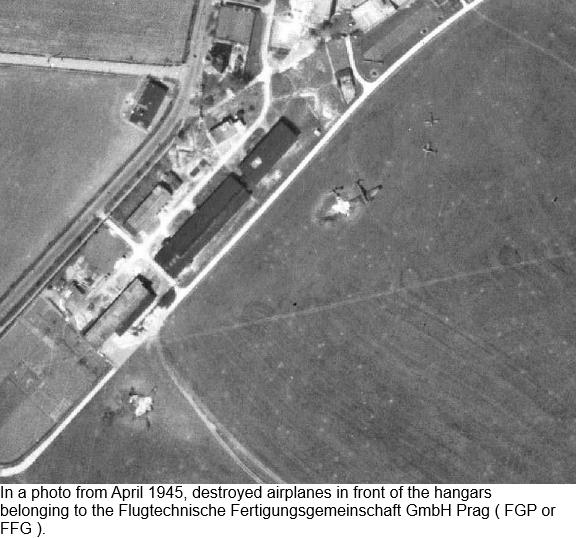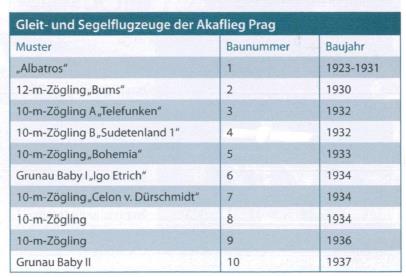
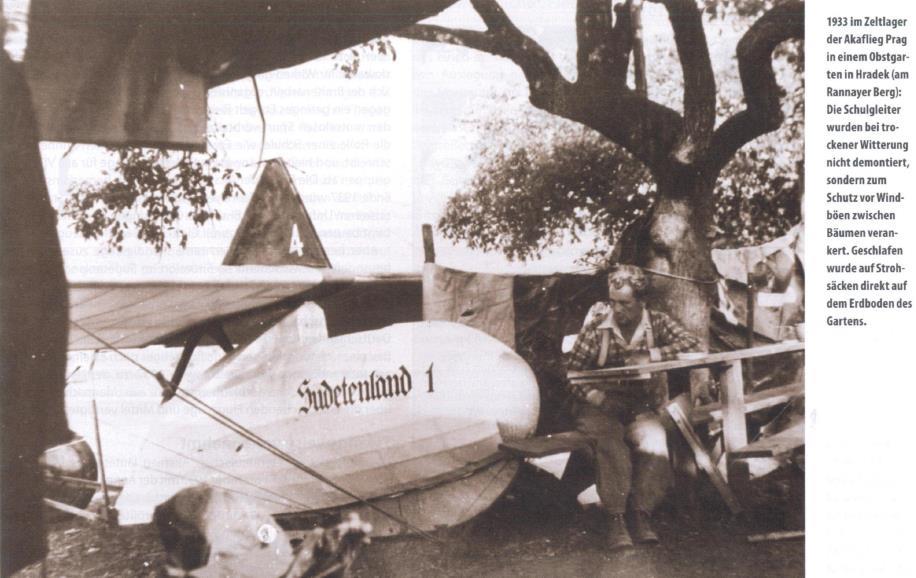
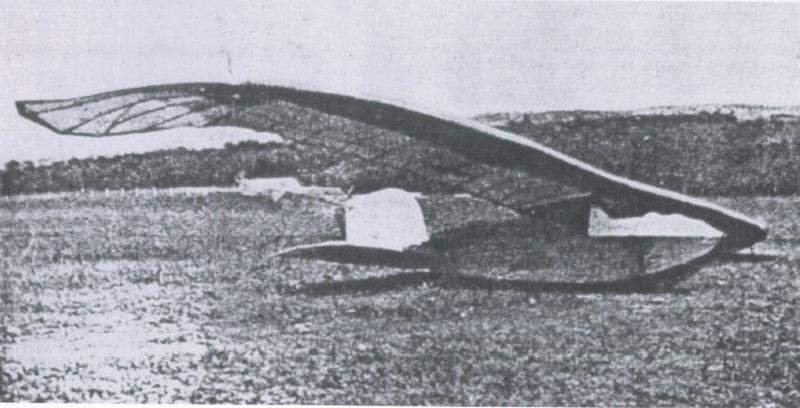
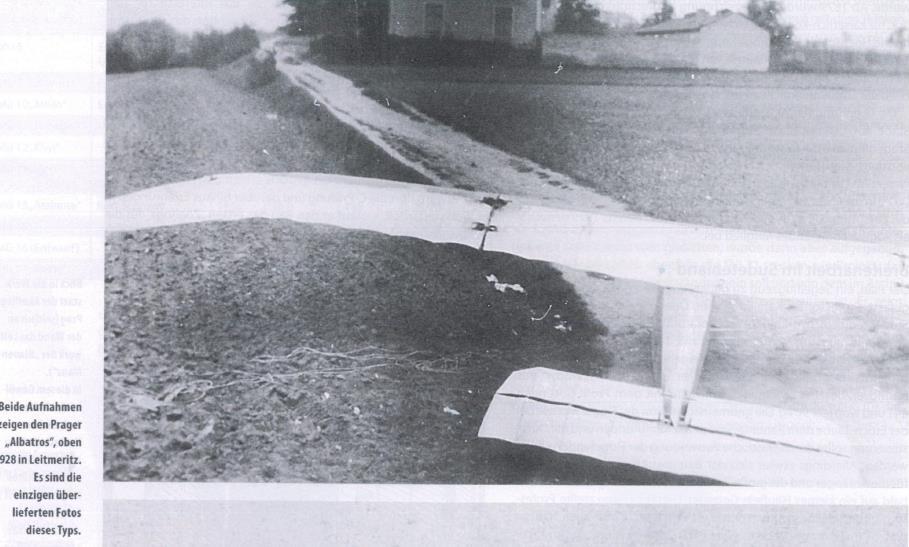
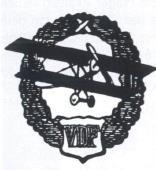
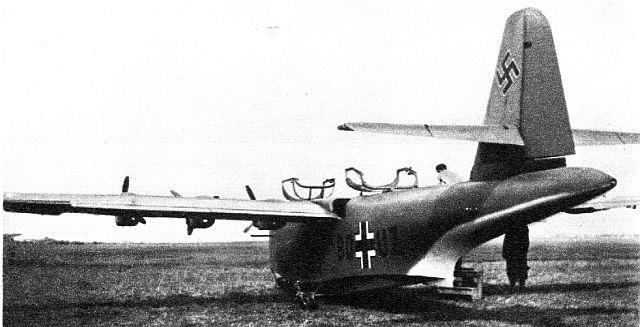
From September 1939 II. The (aeronautical) branch of the Military Technical and Aviation Institute was transformed into the Aviation Technical Test Institute (LTZÚ) , in German Flugtechnische Versuchsanstalt Prag (FVA Prag Letnany) , which was the Prague branch of the German Deutsche Versuchsanstalt fur Luftfahrt (DVL) in Berlin - Adlershof.
With the support of DVL, the Flugtechnische Fachgruppe Prag was founded , and not long after, from 1941, the company Flugtechnische Fertigungsgemeinschaft GmbH Prag in Prague-Letňany. It is often referred to under the abbreviation FGP , but is also known under the abbreviation FFG . It was located in low buildings on the edge of the area towards Prague belonging to the FVA . (Taken from the Central Pilot School of the RČS Aeroclub ) (?). Dipl. Ing. Ludwig Karch also became the company's technical manager. Both German university students and Czech workers were employed at FGP . There was construction on the barracks floor and construction was going on in the hangars. Designation of products of the company Fg .
The new company was involved in the production of parts for school gliders, supplying various smaller aircraft parts to other manufacturers. It became a kind of manpower reservoir, for example for neighboring Letov.
FGP was awarded the production of serial Akaflieg München Mü 17 Merle gliders , for the needs of the Segelflugsportgruppen der Luftwaffe . In September 1941, the production of 47 gliders was commissioned. 12 gliders were to be built this month.
As part of the Blohm @ Voss BV 238 project , the company was ordered to build a flying model of this aircraft in a scale of 1:3.75 under the designation FFG FG 227 . The construction work was directed by engineer Ludwig Karch, who led a team of Czech technicians and students. The aircraft was to have a two-man crew consisting of a pilot and a flight engineer. Take-off from ground bases was to be made possible by a three-wheeled landing gear thrown after take-off. Propulsion was provided by six two-stroke ILO FL-2/400 engines with a power of 15.4 kW. The "BQ+UZ" model was completed in 1944 and subsequently transferred to E-Stelle in Travemünde, where it performed several test flights.
By 1944, 60 gliders were produced.
Then the production of school gliders SG 38 .
With the support of DVL, the Flugtechnische Fachgruppe Prag was founded , and not long after, from 1941, the company Flugtechnische Fertigungsgemeinschaft GmbH Prag in Prague-Letňany. It is often referred to under the abbreviation FGP , but is also known under the abbreviation FFG . It was located in low buildings on the edge of the area towards Prague belonging to the FVA . (Taken from the Central Pilot School of the RČS Aeroclub ) (?). Dipl. Ing. Ludwig Karch also became the company's technical manager. Both German university students and Czech workers were employed at FGP . There was construction on the barracks floor and construction was going on in the hangars. Designation of products of the company Fg .
The new company was involved in the production of parts for school gliders, supplying various smaller aircraft parts to other manufacturers. It became a kind of manpower reservoir, for example for neighboring Letov.
FGP was awarded the production of serial Akaflieg München Mü 17 Merle gliders , for the needs of the Segelflugsportgruppen der Luftwaffe . In September 1941, the production of 47 gliders was commissioned. 12 gliders were to be built this month.
As part of the Blohm @ Voss BV 238 project , the company was ordered to build a flying model of this aircraft in a scale of 1:3.75 under the designation FFG FG 227 . The construction work was directed by engineer Ludwig Karch, who led a team of Czech technicians and students. The aircraft was to have a two-man crew consisting of a pilot and a flight engineer. Take-off from ground bases was to be made possible by a three-wheeled landing gear thrown after take-off. Propulsion was provided by six two-stroke ILO FL-2/400 engines with a power of 15.4 kW. The "BQ+UZ" model was completed in 1944 and subsequently transferred to E-Stelle in Travemünde, where it performed several test flights.
By 1944, 60 gliders were produced.
Then the production of school gliders SG 38 .
